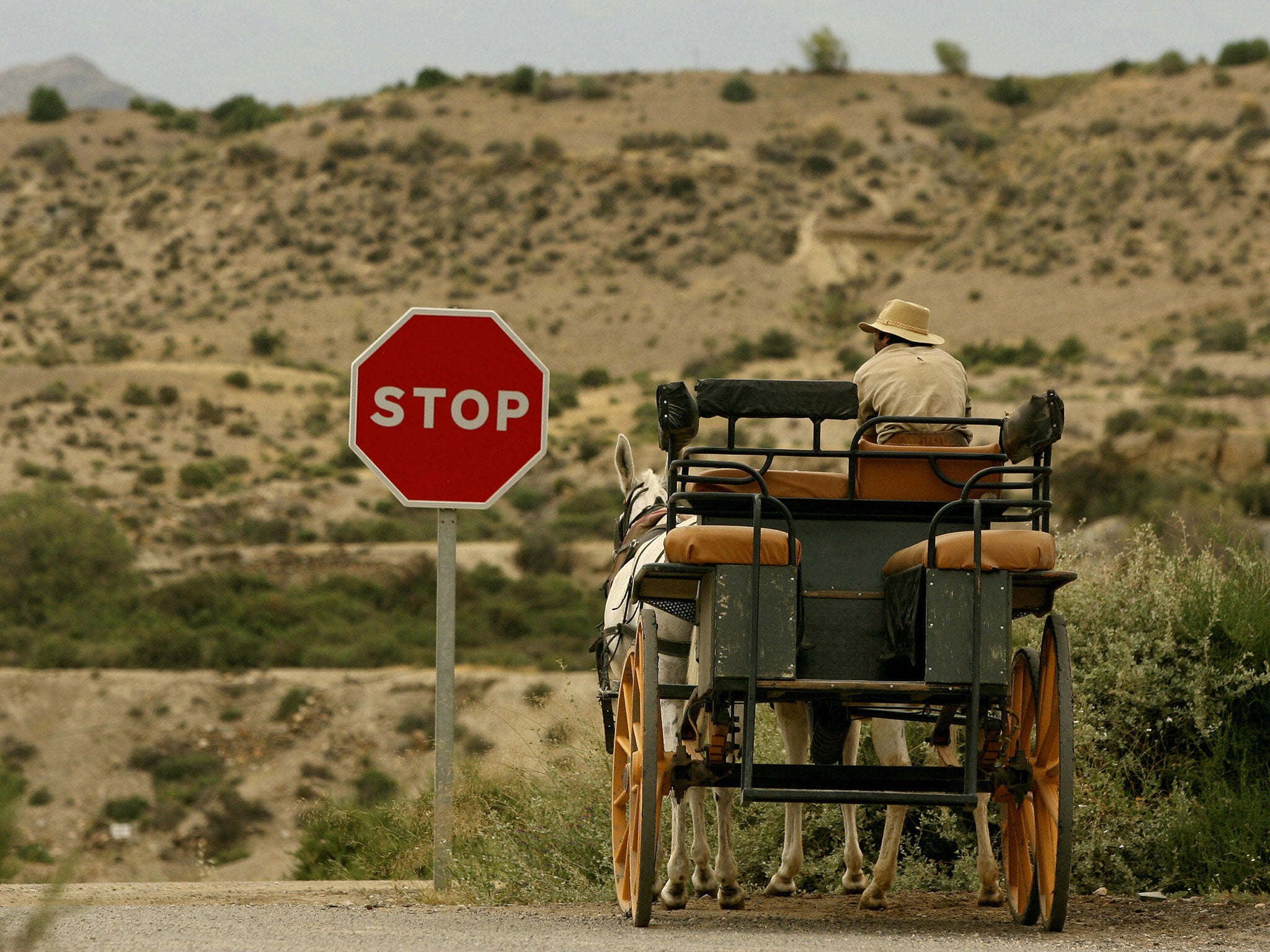Spain and Portugal could be hit by 'megadroughts' lasting 15 years by 2100, finds study
Southern Europe is experiencing faster warming than the global average with fears parts of it could turn into desert

Your support helps us to tell the story
From reproductive rights to climate change to Big Tech, The Independent is on the ground when the story is developing. Whether it's investigating the financials of Elon Musk's pro-Trump PAC or producing our latest documentary, 'The A Word', which shines a light on the American women fighting for reproductive rights, we know how important it is to parse out the facts from the messaging.
At such a critical moment in US history, we need reporters on the ground. Your donation allows us to keep sending journalists to speak to both sides of the story.
The Independent is trusted by Americans across the entire political spectrum. And unlike many other quality news outlets, we choose not to lock Americans out of our reporting and analysis with paywalls. We believe quality journalism should be available to everyone, paid for by those who can afford it.
Your support makes all the difference.Spain and Portugal could be hit by “megadroughts” lasting for many years by the end of the century, according to climate models.
If the worst projections are correct, the area could see a 15-year period of rainfall at less than half the average level.
Researchers from Newcastle University selected a total of 15 different climate models used by leading scientific bodies around the world, including Nasa, the Met Office and the Max Planck Institute for Meteorology.
They found that, while the models produced a range of different results, “extreme future droughts” were predicted by ones which could accurately simulate what had happened in the past.
Portugal has been hit by eight major droughts since the 1940s, with the most intense taking place from 2004 to 2006.
Spain has seen three major droughts – the latest of which spanned 1990 to 1995 – affecting most of the country, with rainfall reduced by up to 30 per cent, but has also experienced a number of smaller ones more recently.
The researchers examined the three main river basins of the Iberian Peninsula, the Tagus, Douro and Guadiana.
Writing in the International Journal of Climatology, they said: “All models project an intensification of drought conditions for the Douro, Tagus and Guadiana.
“However they strongly disagree on the magnitude of these changes.
“Some project small increases in drought conditions but most project multi-year droughts reaching up to ... eight years of mean annual rainfall missing [over a 15-year period] ... by the end of the century.
“Despite the fact that the two models projecting the most severe future drought conditions overestimated historical drought, extreme future droughts were also projected by models that simulated historical droughts with similar conditions to the observations.”
A previous study found parts of southern Europe could become a desert by 2100, as global warming changes the ecosystem “in a way that is without precedent” in the last 10,000 years.
In October last year, scientists reported that temperatures in southern Europe had risen by about 1.3C since the 19th century, compared to the global average of 0.85C.
Join our commenting forum
Join thought-provoking conversations, follow other Independent readers and see their replies
Comments